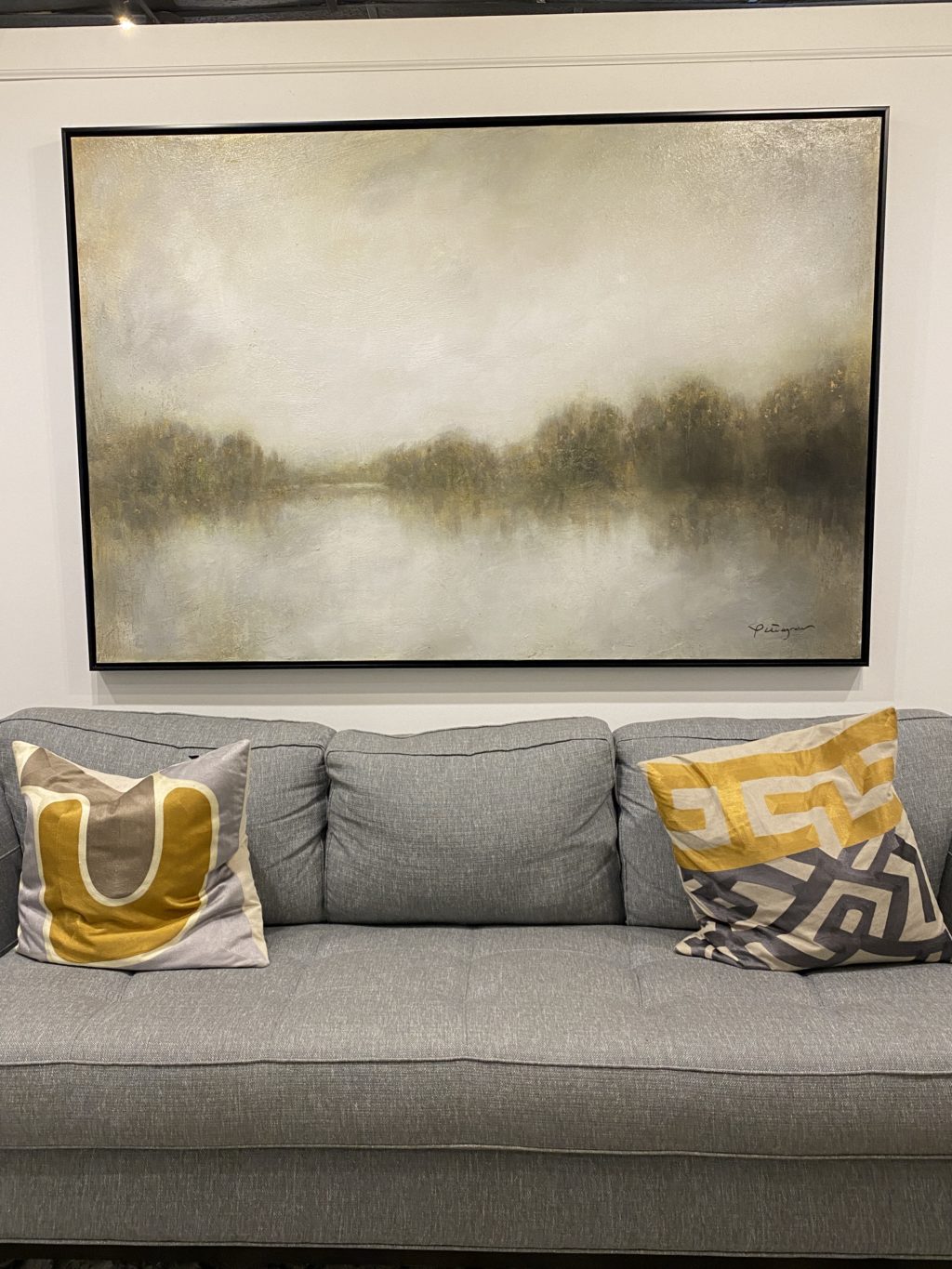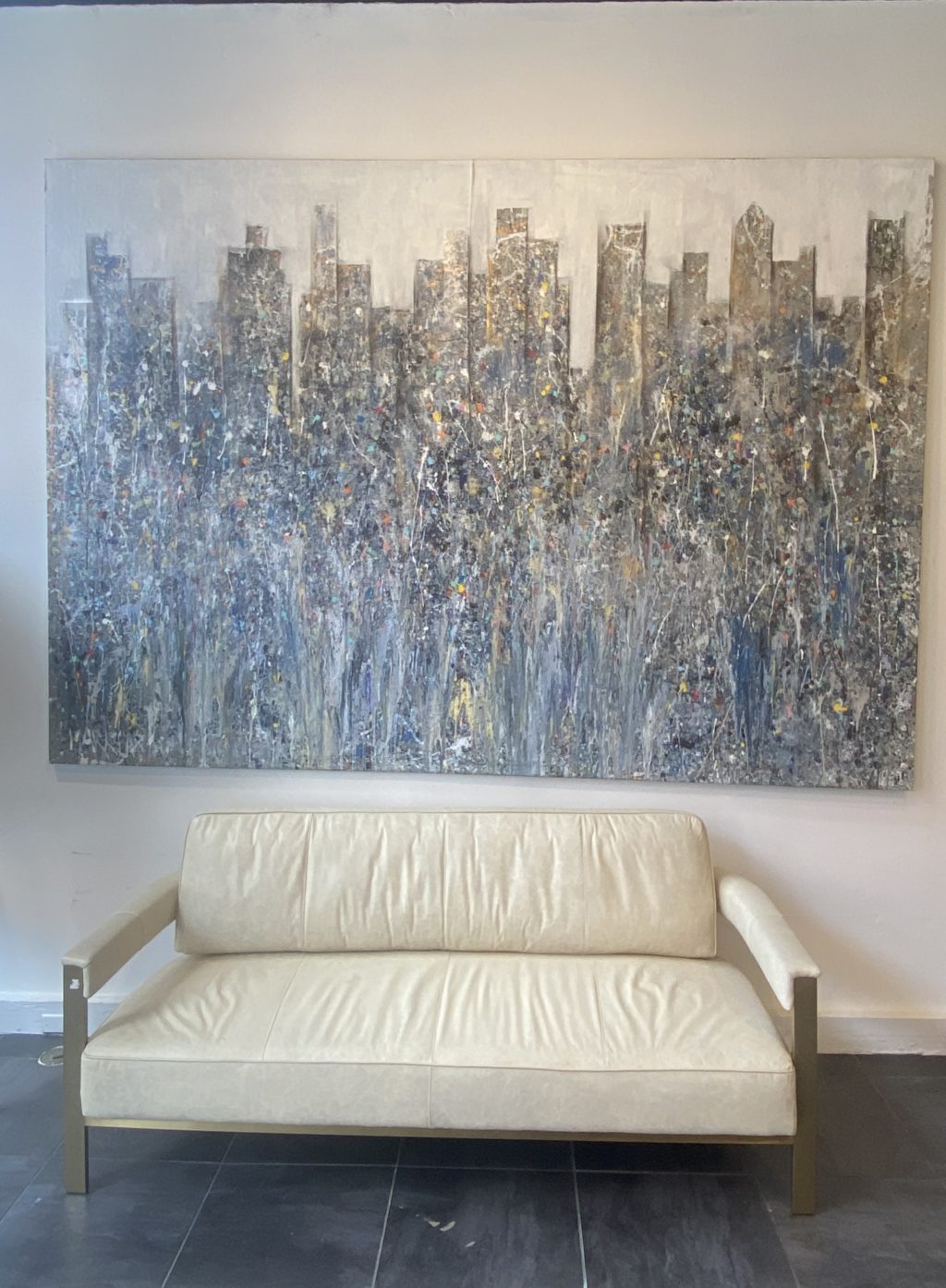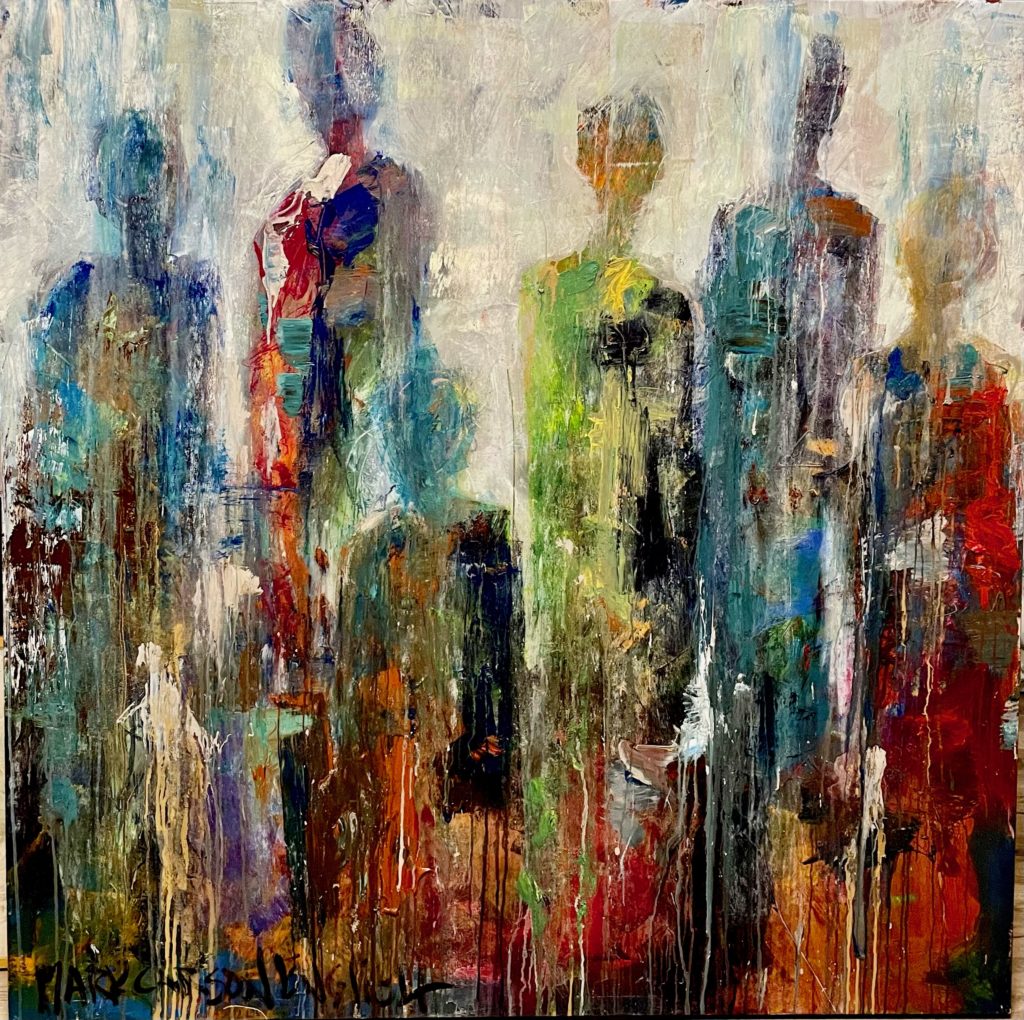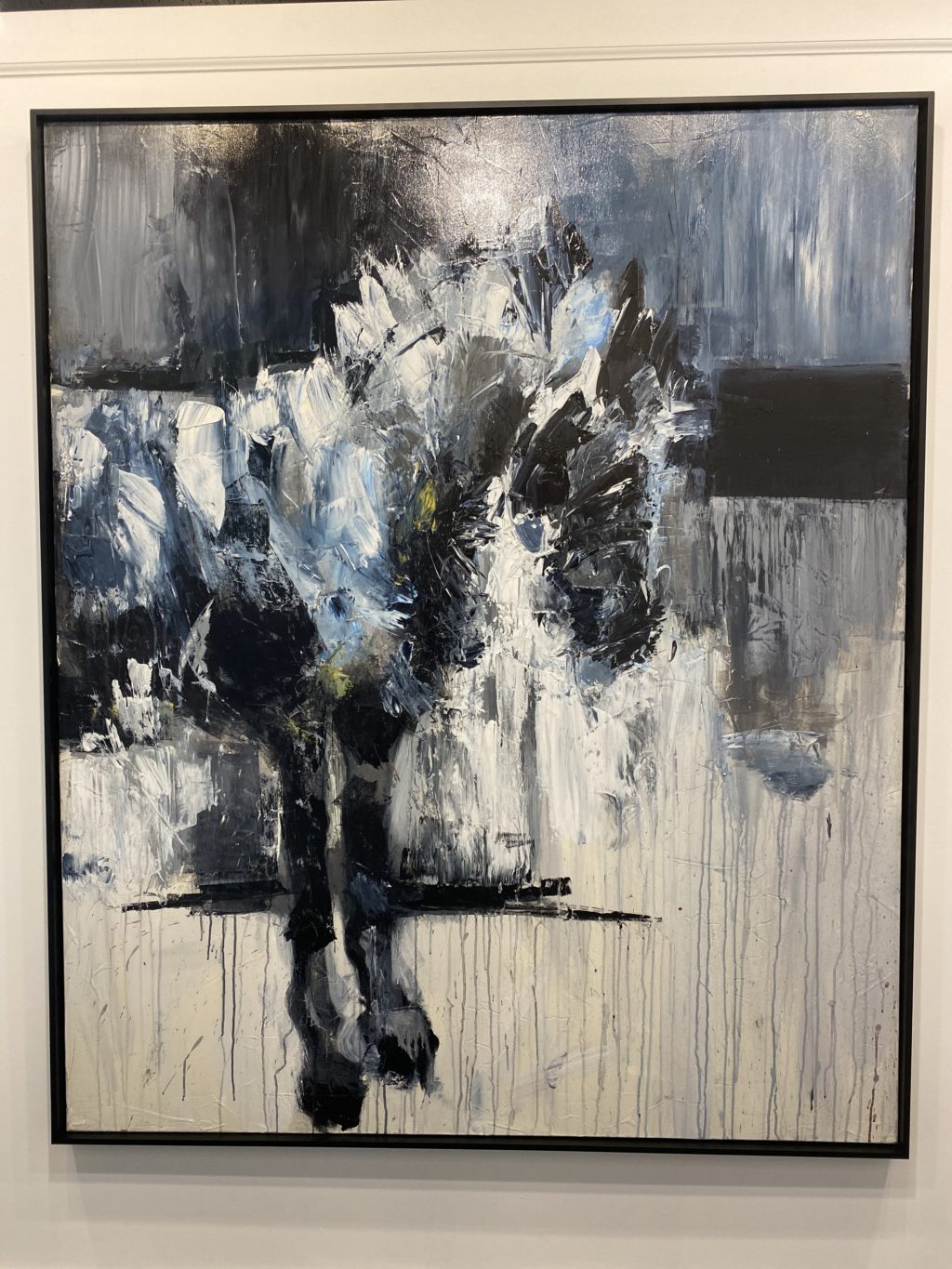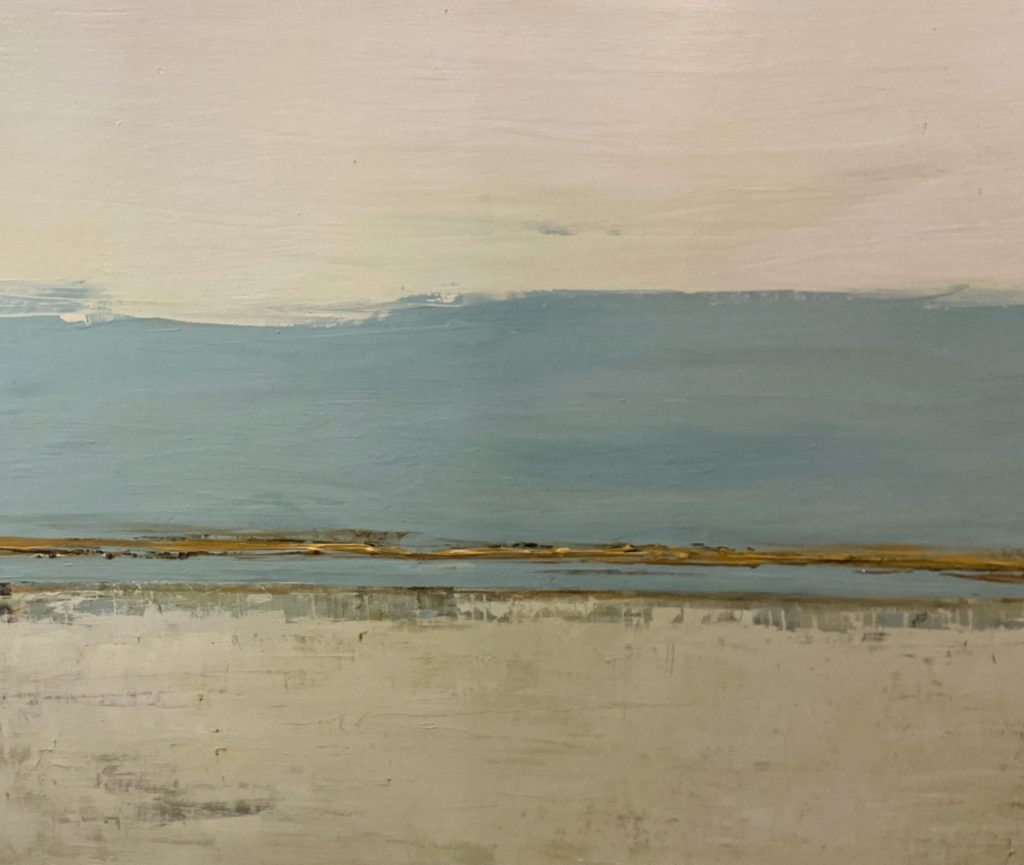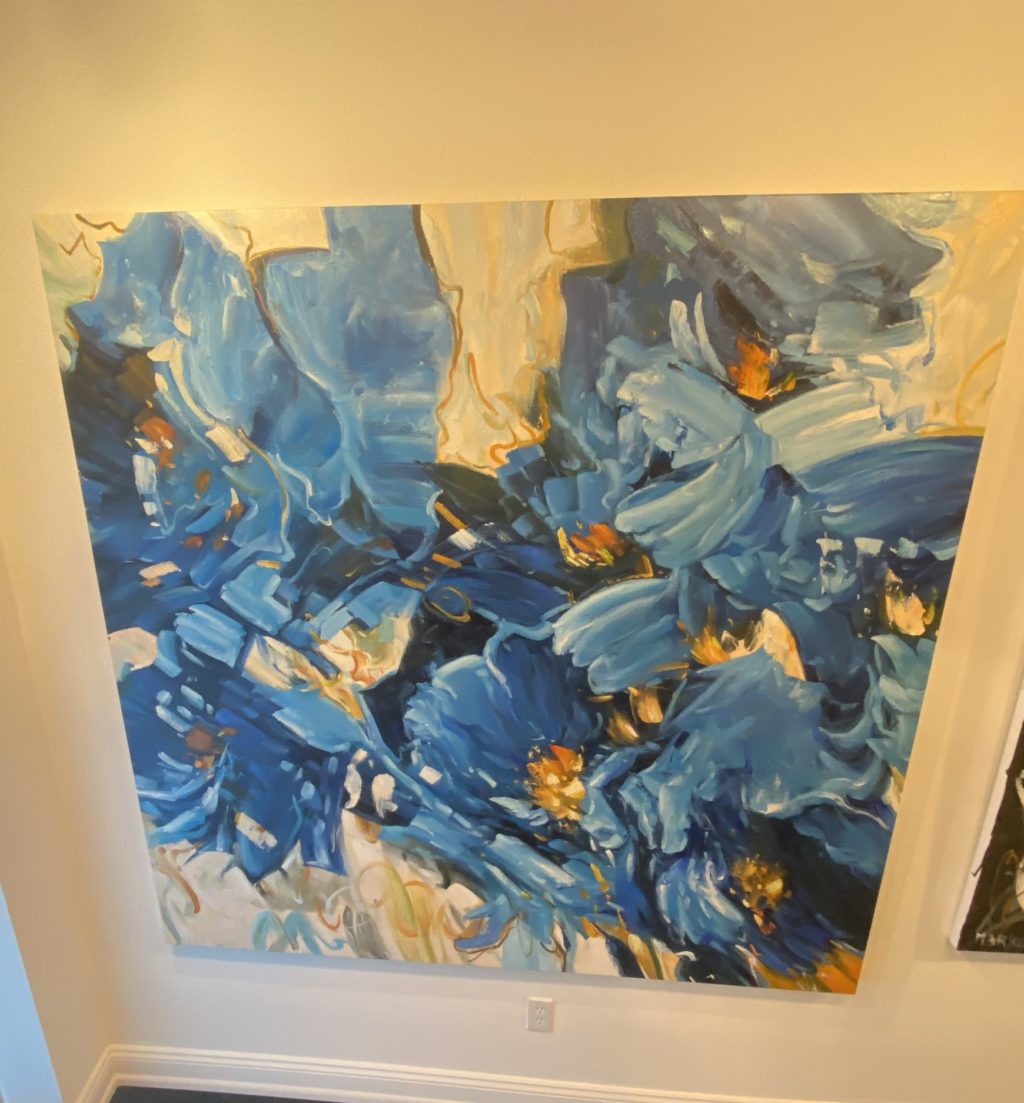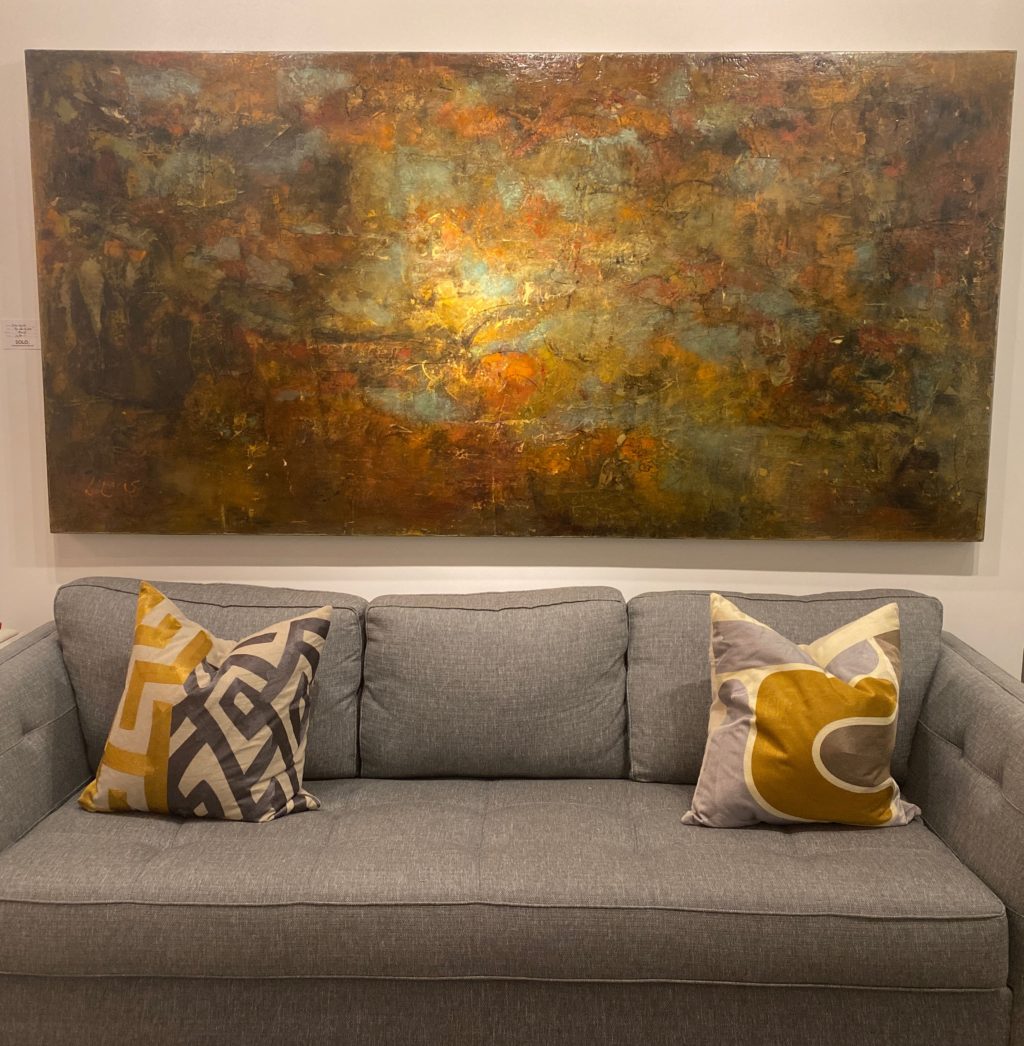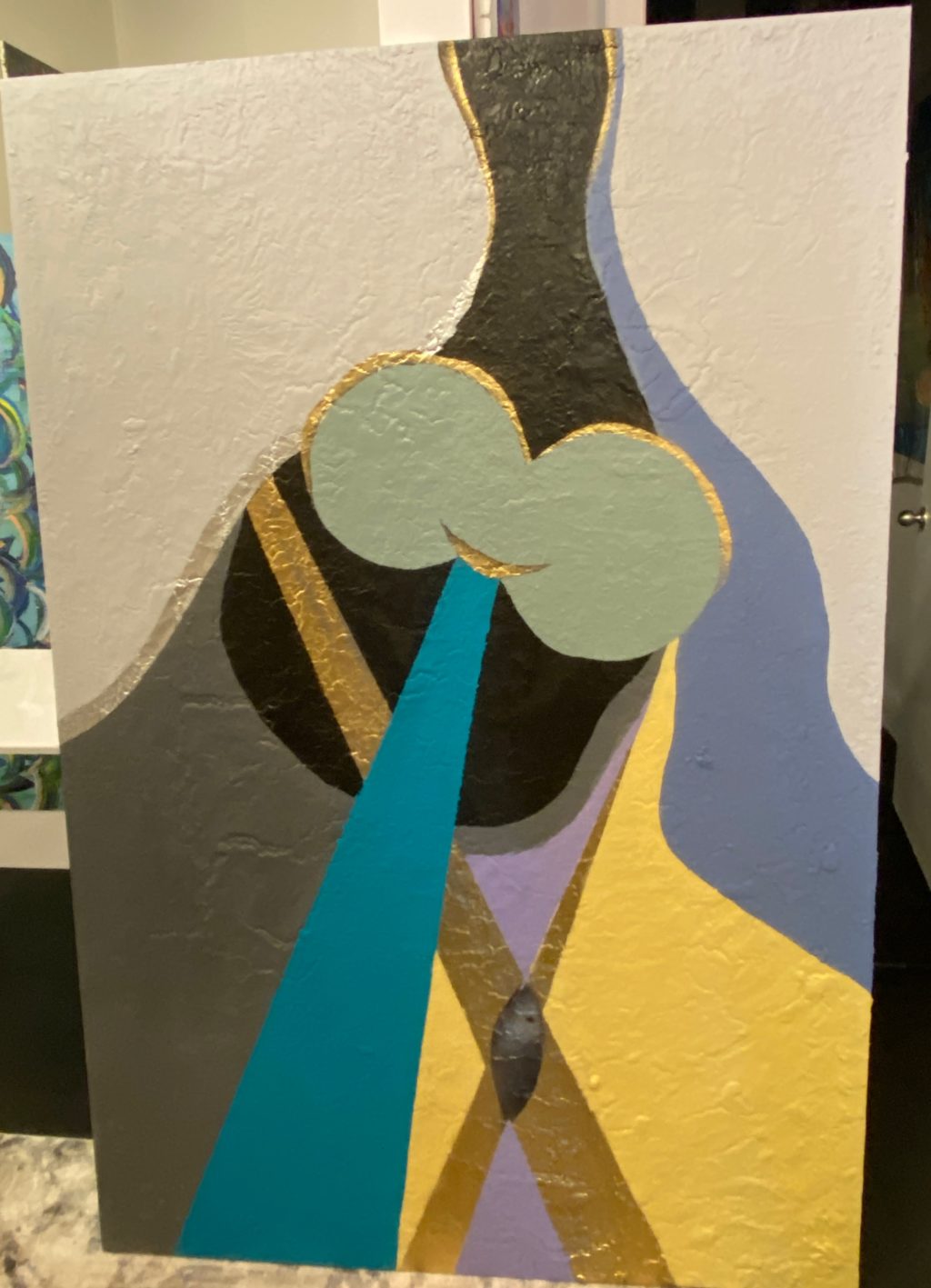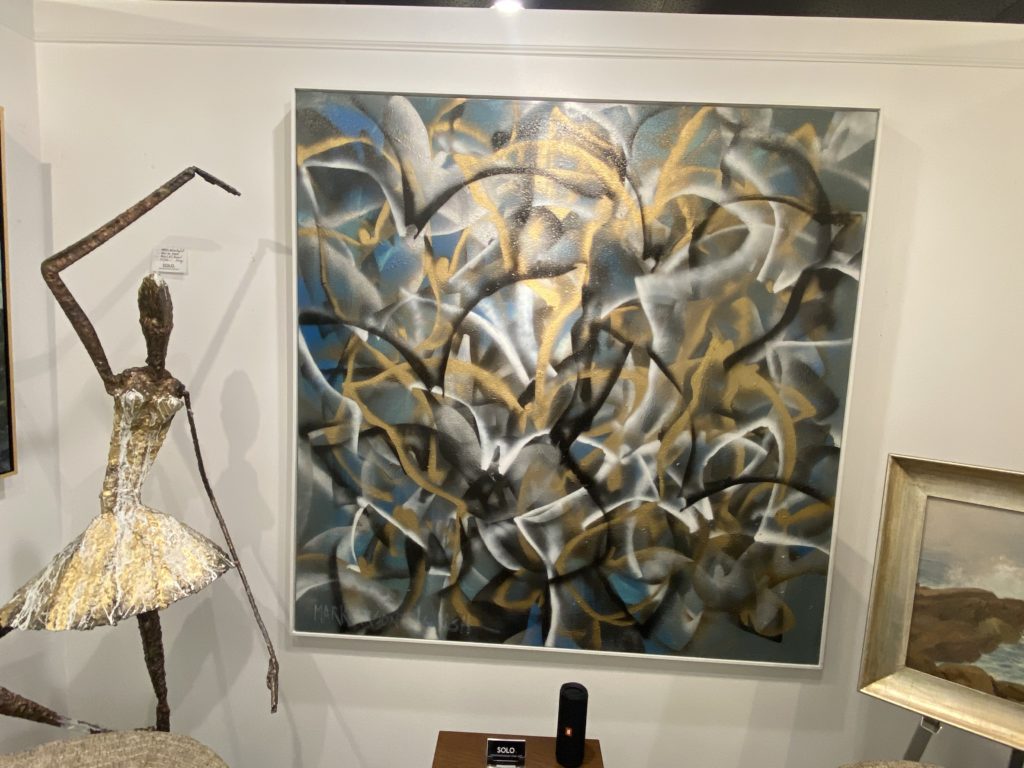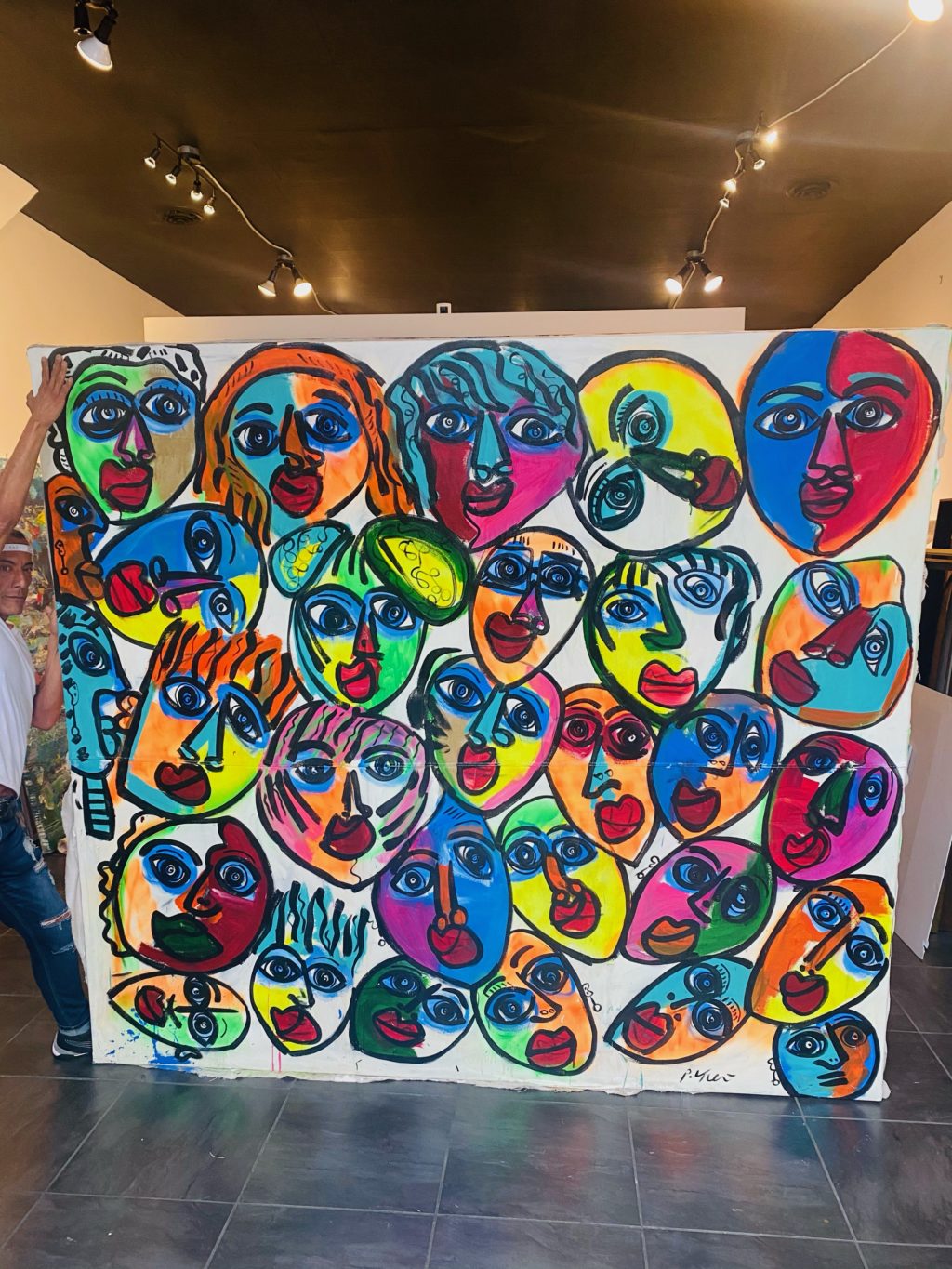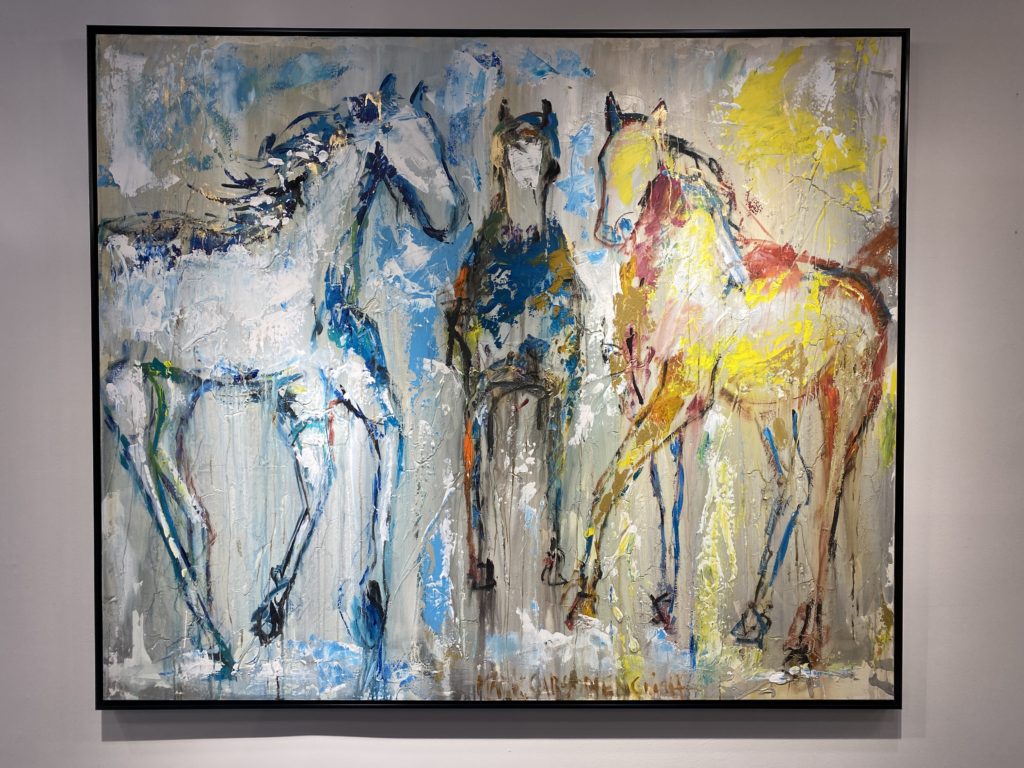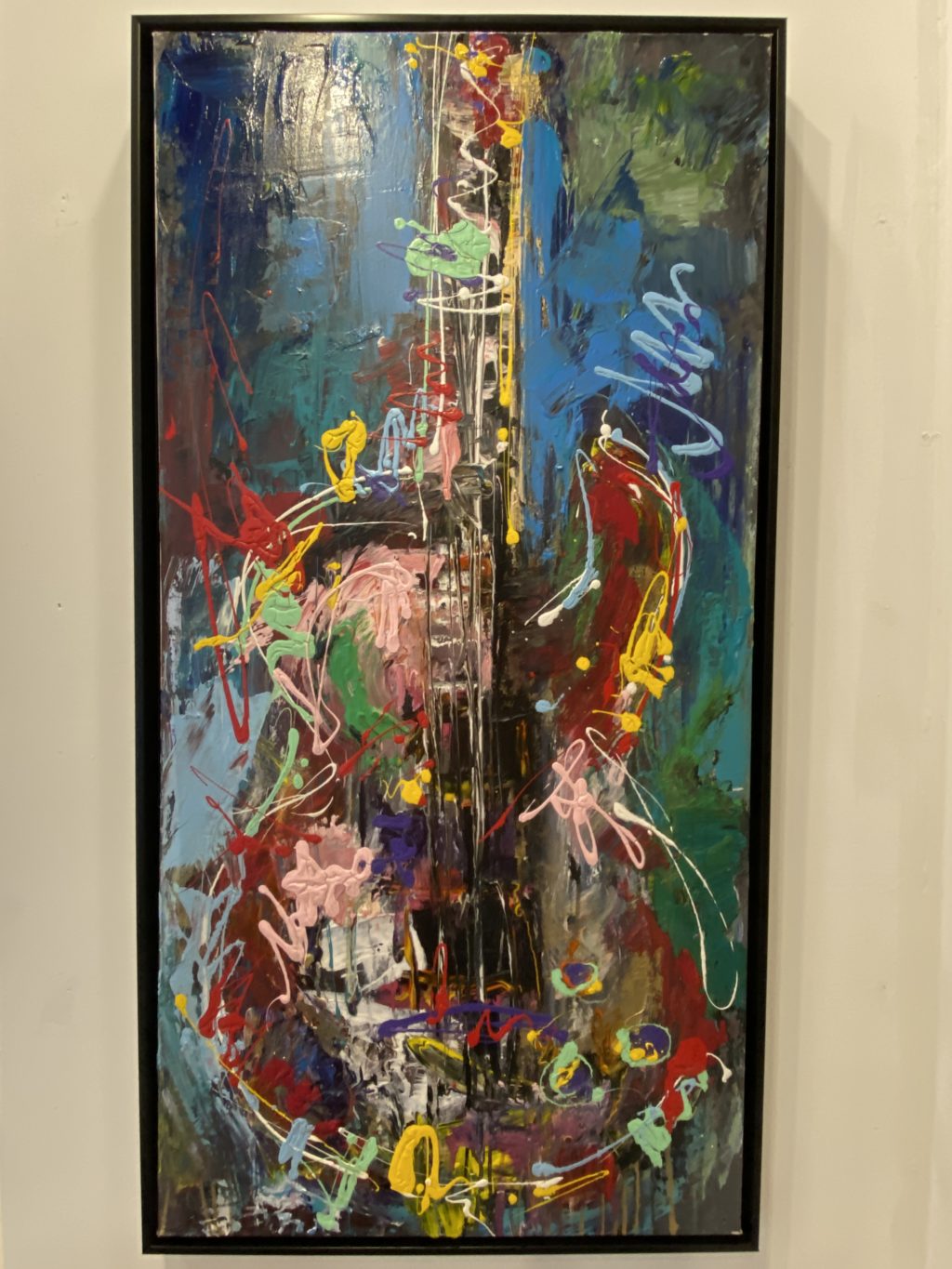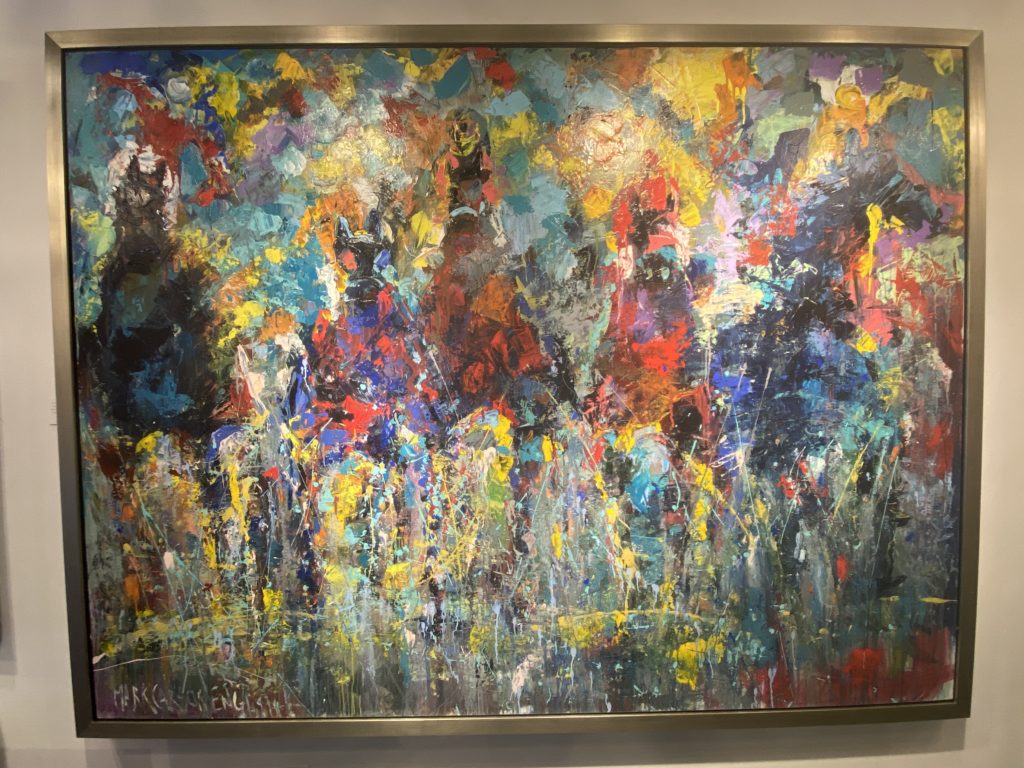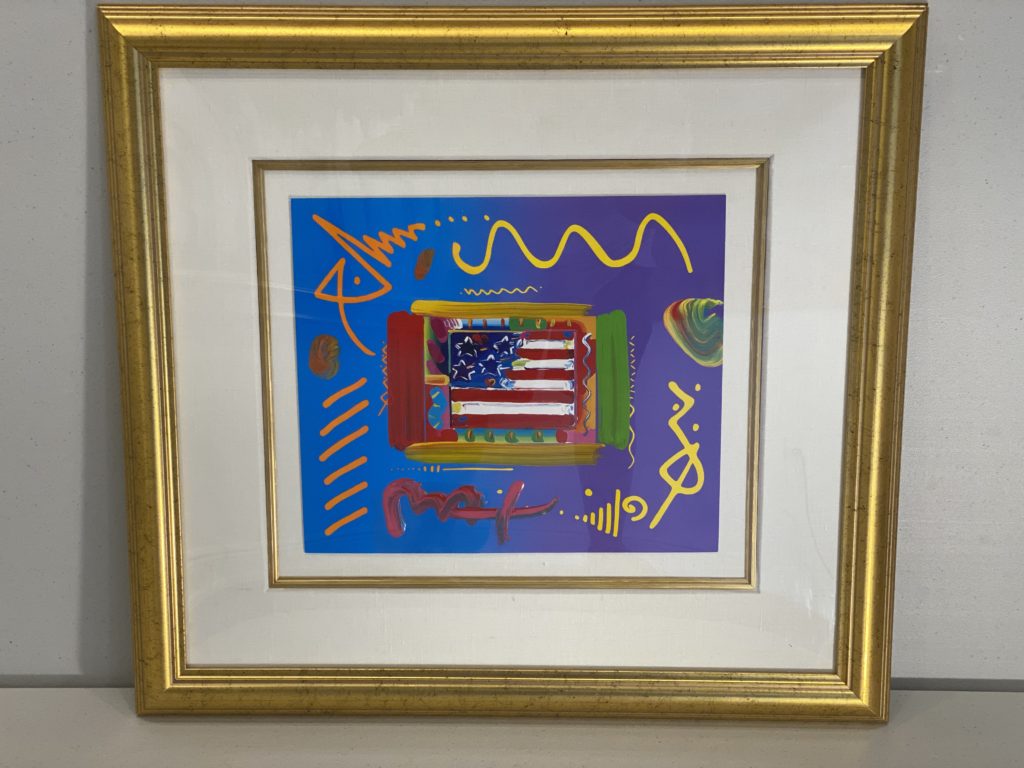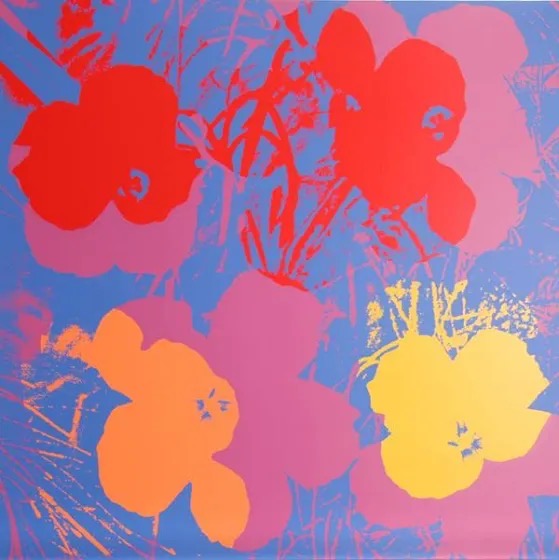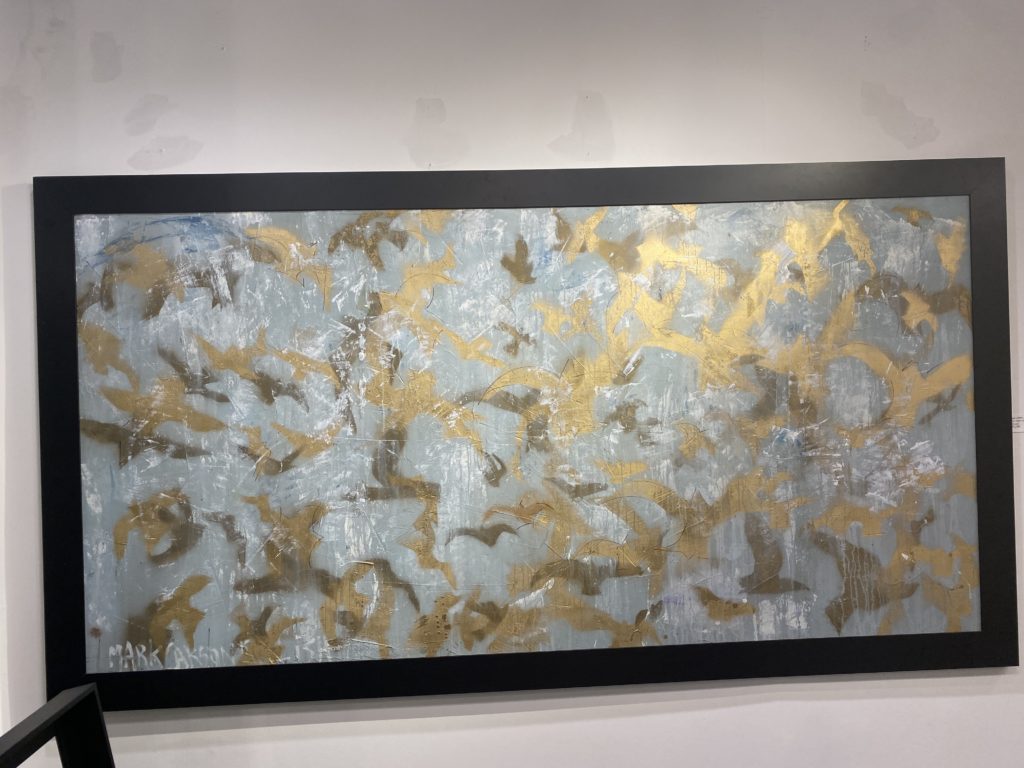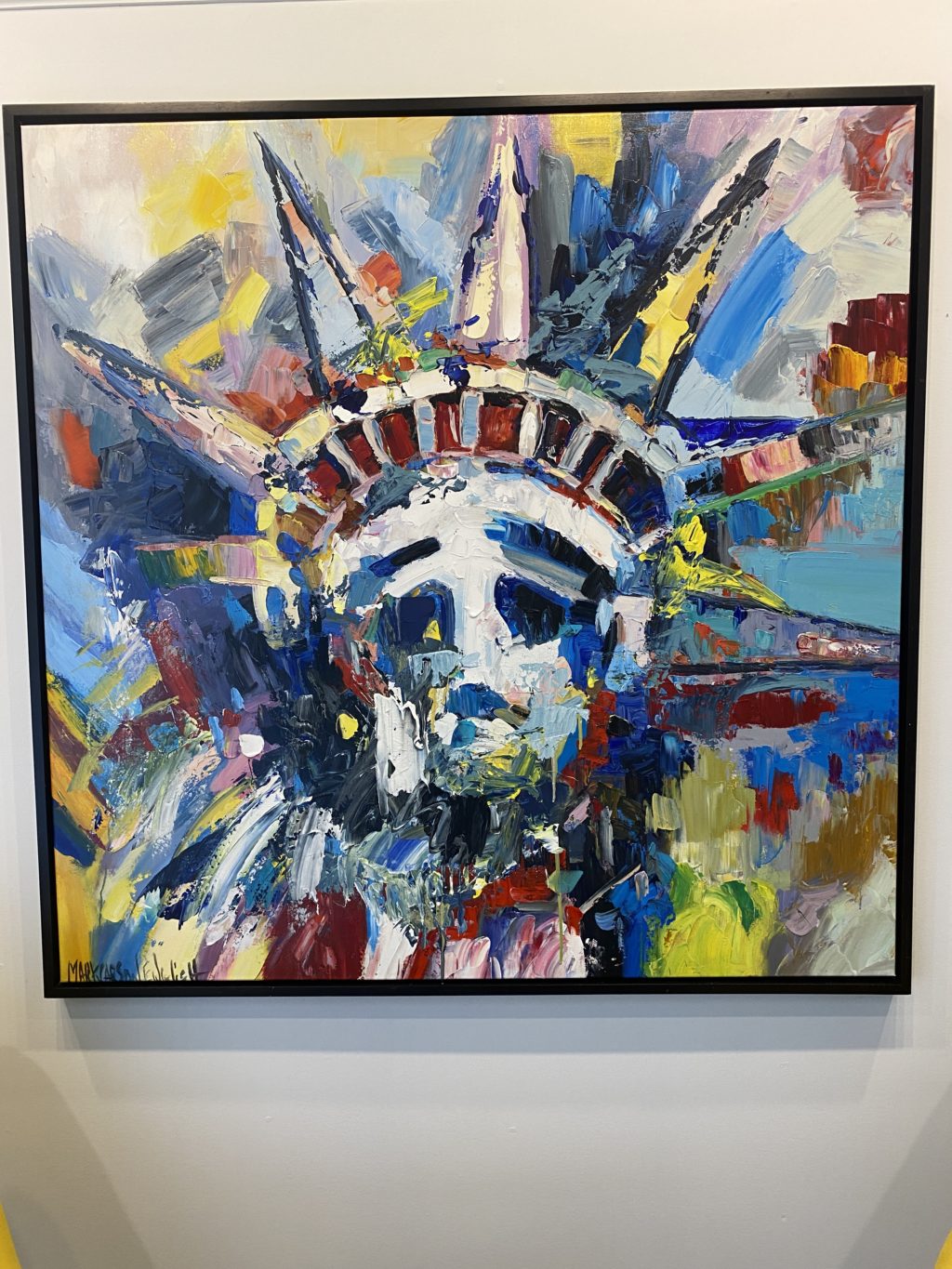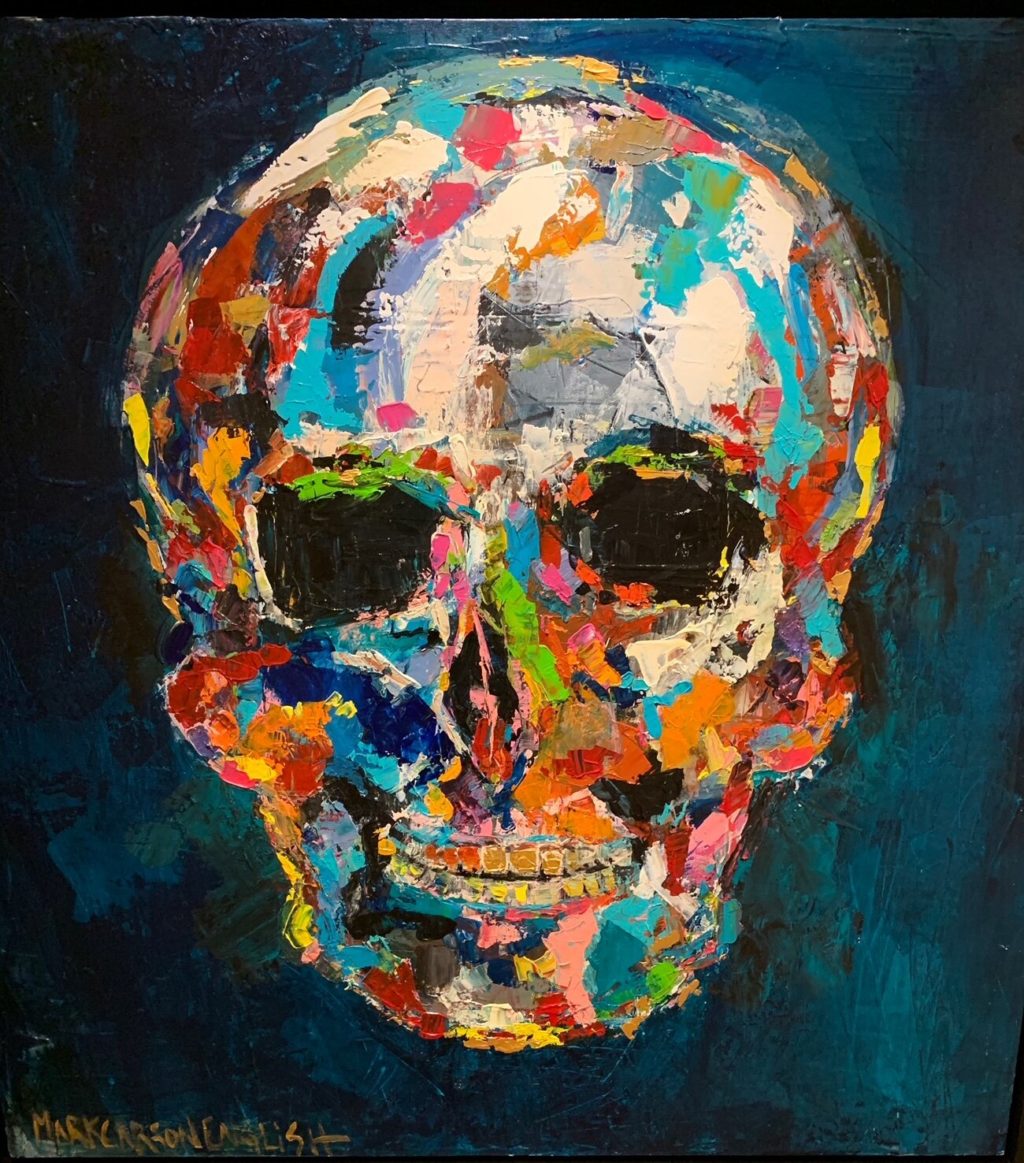Abstracts
Abstract Paintings / Artwork
Defining abstract art is tantamount to calling into question the very essence of this art form, by limiting it and reducing it into a set of recognizable patterns. Yet, the nature of abstracts is the opposite of this; at the core of each piece is unencumbered freedom and boundlessness, which means that each artwork is a thoroughly singular, interpretative entity of its own.
Abstracts traditionally veer away from staunch depictions of reality, and often strive to break away from the realms of the corporal world as we know it. Using variations in color, shape, form and technique, each canvas is a world of its own, which allows viewers to perceive elements of nature and the environment through a subjective, sometimes warped lens.
Abstracts range from the recognizable to the other-wordly, and each artist uses their unique style to create a piece that reflects their life, their experiences and their thoughts. From minimalistic, geometric abstraction to more complex, non-objective art, abstracts are one of the most versatile art genres.
Abstracts are roughly classified into a number of movements with their own distinctive styles and compositions, including Surrealism, Dadaism, Cubism, Fauvism, geometric abstraction, and action painting.
